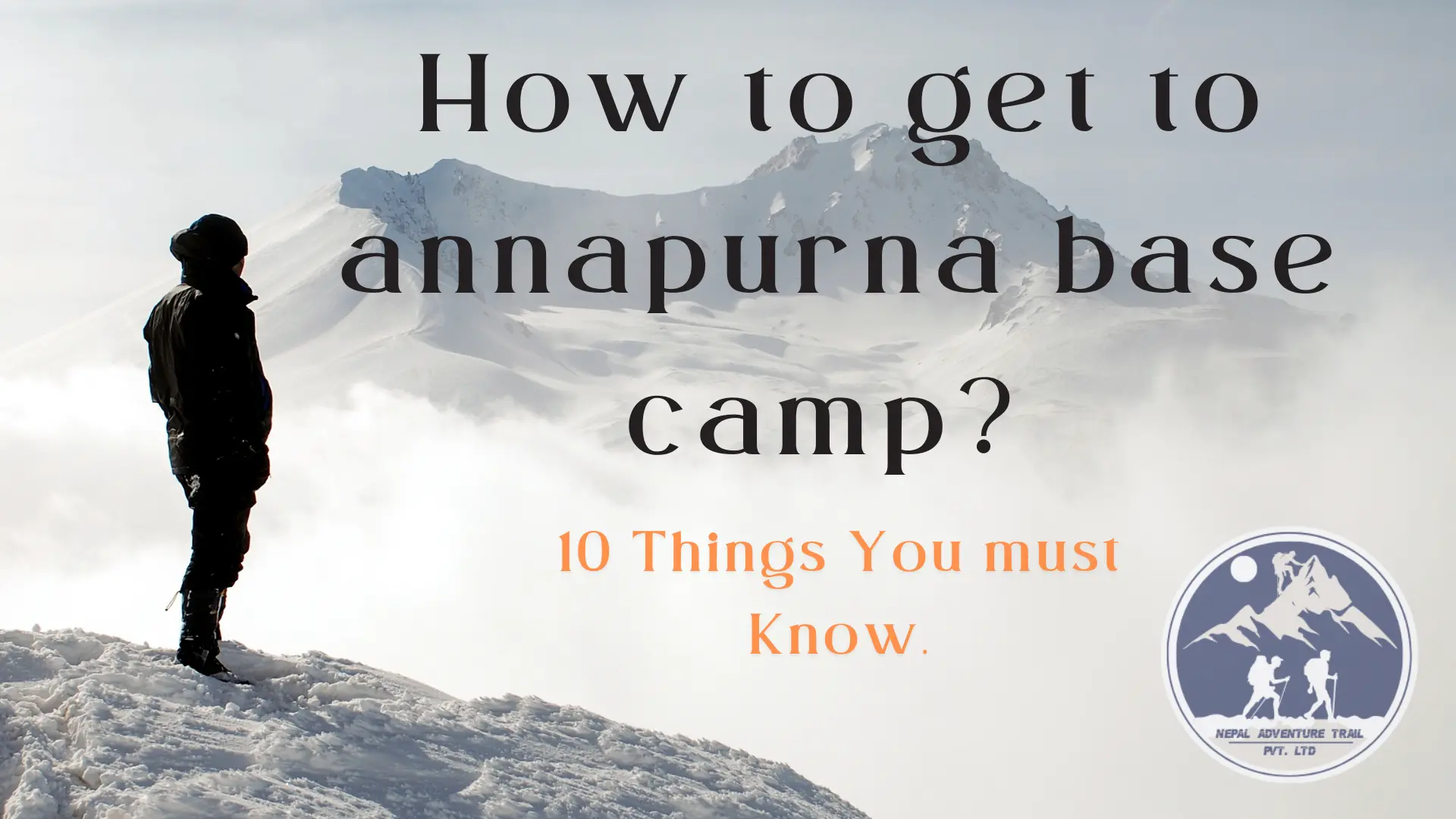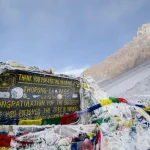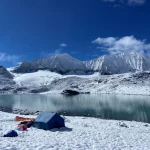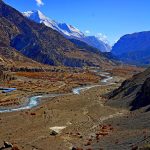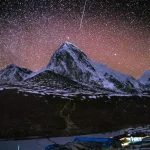How to Get to Annapurna Base Camp: 10 Must-Know Tips for Your Trek
The Annapurna Base Camp (ABC) trek is one of the most breathtaking adventures in Nepal, offering stunning views of snow-capped peaks like Annapurna I (8,091m) and Machapuchare (6,993m). Nestled in the heart of the Himalayas, this trek attracts thousands of adventurers every year. But how do you get to Annapurna Base Camp, and what should you know before you go? In this guide, we’ll walk you through the essentials, from permits to packing tips, so you can plan your journey with confidence.
Here are 10 must-know things to help you reach Annapurna Base Camp successfully.
1. Start Your Journey from Pokhara
Pokhara, Nepal’s adventure hub, is the gateway to the Annapurna Base Camp trek. Fly or take a bus from Kathmandu to Pokhara (about 6-8 hours by road or a 25-minute flight). From Pokhara, you’ll head to Nayapul or Birethanti by taxi or bus (1-2 hours), the starting points of the trek.
Pro Tip: Spend a day in Pokhara to acclimate and enjoy the serene Phewa Lake before your trek begins.
2. Choose Your Trekking Route
There are multiple routes to Annapurna Base Camp, with the most popular being the Ghorepani-Poon Hill-ABC route (10-12 days) and the shorter direct ABC route (7-10 days). The Ghorepani route includes a sunrise view at Poon Hill, while the shorter route via Chomrong is faster but steeper.
Keyword Tip: Search for “best Annapurna Base Camp routes” to find itineraries that suit your fitness level and time.
3. Get the Right Permits
You’ll need two permits: the Annapurna Conservation Area Permit (ACAP) and the Trekkers’ Information Management System (TIMS) card. Both are available in Kathmandu or Pokhara through the Nepal Tourism Board or trekking agencies. Costs are approximately $20-30 each.
Note: Carry your permits at all times—checkpoints are common along the trail.
4. Prepare for Altitude
Annapurna Base Camp sits at 4,130 meters (13,550 feet). Altitude sickness can be a risk, so take it slow, stay hydrated, and consider a rest day in Chomrong or Deurali. Watch for symptoms like headaches or dizziness, and descend if needed.
5. Pack Smart for the Trek
Pack light but include essentials:
- Warm layers (temperatures drop at higher altitudes)
- Waterproof jacket and trekking boots
- Sleeping bag (for teahouses)
- Trekking poles for stability
- Sunscreen and sunglasses (UV rays are strong at altitude)
6. Stay in Teahouses Along the Way
There is no need to camp—teahouses offer basic lodging and meals (like dal bhat and momos) along the route. Popular stops include Ghandruk, Chomrong, and Himalaya. Book ahead during peak seasons (March-May and September-November).
7. Hire a Guide or Porter
While the trail is well-marked, hiring a guide or porter can enhance your experience. Guides provide local insights, and porters carry your gear (typically 10-15 kg). Expect to pay $20-30 per day per person.
Pro Tip: Solo trekkers can join group tours from Pokhara for safety and camaraderie.
8. Best Time to Trek
The ideal seasons are spring (March-May) for blooming rhododendrons and autumn (September-November) for clear skies and mountain views. Avoid monsoon season (June-August) due to slippery trails and leeches.
9. Budget for the Trek
A typical 10-day ABC trek costs $700-$1,200, including permits, transport, food, and lodging. Hiring a guide or porter adds to the expense but isn’t mandatory. Carry extra Nepalese rupees—ATMs are scarce on the trail.
10. Stay Connected (Sort Of)
Wi-Fi is available at some teahouses (for a fee), but it’s unreliable at higher altitudes. Buy a local SIM card (NTC or Ncell) in Pokhara for basic coverage. Don’t rely on constant connectivity—embrace the off-grid adventure!
Frequently Asked Questions (FAQs)
Q1: How long does it take to get to Annapurna Base Camp?
It typically takes 7-12 days round-trip from Pokhara, depending on your route and pace.
Q2: Do I need prior trekking experience?
No, but moderate fitness is recommended. The trail includes steep ascents and descents, so training beforehand helps.
Q3: How difficult is the Annapurna Base Camp trek?
It’s rated moderate. The altitude and long walking days (5-7 hours) are the main challenges, but it’s doable for most with preparation.
Q4: Can I trek Annapurna Base Camp solo?
Yes, the trail is popular and well-traveled, but going with a guide or group is safer, especially for first-timers.
Q5: What’s the highest point of the trek?
Annapurna Base Camp itself, at 4,130 meters (13,550 feet), is the highest elevation you’ll reach.
